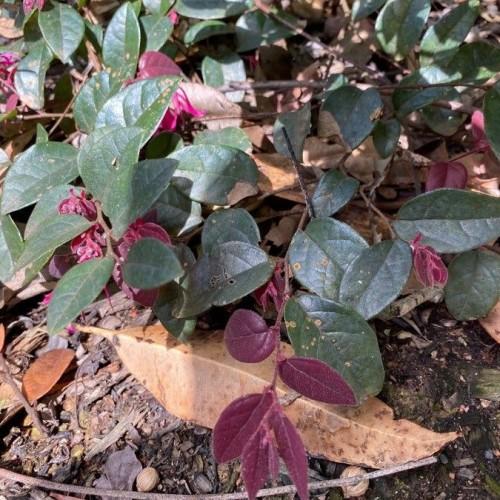
Chinese fringe-flower
Loropetalum chinense 'Pizazz'
Cycle:
Perennial
Watering:
Average
Hardiness Zone:
7 - 10
Flowers:
Flowers
Sun:
Full sun,part shade
Leaf:
Yes
Growth Rate:
High
Maintenance:
Low
Drought Tolerant:
Yes
Care Level:
Medium
watering
Chinese Fringe-Flower plants should be watered regularly for optimal growth and health. Water this plant deeply and thoroughly but infrequently, as it prefers to be on the dry side. Aim to water once or twice a week during the warmer months, and once every 2 weeks during the winter. If the soil is allowed to dry out, the plant won't suffer too much damage. However, watering should be increased during long periods of hot, dry weather. Be sure to check the soil first to see if your plant needs water, as Chinese Fringe-Flowers can be sensitive to overwatering.
sunlight
Chinese fringe-flower (Loropetalum chinense 'Pizazz') prefers full sun conditions in order to thrive. The plant requires 4 to 6 hours of direct sunlight each day. Direct sunlight provides the necessary light energy for the plant to grow as well as for its flowers to bloom. During the hottest hours of the day, it is helpful to provide sun protection in order to prevent the leaves from burning. They should also be given some light shade or filtered light during the warmest times of the day. Although they will tolerate partial shade conditions, the plants may not bloom as profusely without adequate direct sunlight.
pruning
Pruning Chinese Fringe-Flower (Loropetalum chinense 'Pizazz') is an essential part of proper care to keep this shrub in top shape. The best time to do so is in early spring, shortly before new growth begins. However, some pruning may be necessary during the growing season for shaping or size reduction. When pruning, try to remove no more than 1-third of the total live foliage. Aim to preserve the plant’s natural shape and avoid over-pruning, as this can lead to stunted growth and encourage fungal diseases. In addition, also remove dead or damaged branches and suckers that may appear around the base of the plant.
